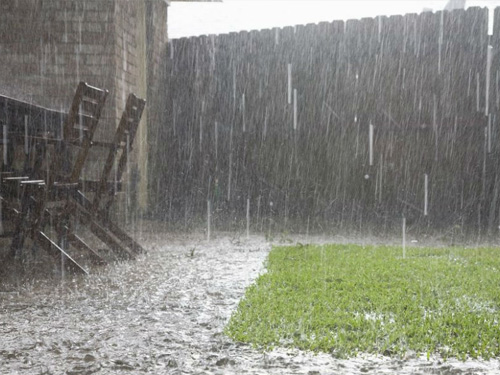PERIMETER BLOG
LATEST NEWS & INTERESTING FACTSIt’s funny how often I’m brought back to the memories of my youth in rural Alberta when considering the drainage issues here in the lower mainland.
Most of North Vancouver’s homes were built on the side of a hill. Here, if one of your children kicks a soccer ball too far then they might never get it back. In Alberta and Saskatchewan, the joke goes that you can watch your dog run away for three days if you were so inclined.
That’s not the case here. Depending on where a home is situated in relation to geographical features in the terrain, gravity can either be your best friend or worst enemy.
Here’s a list of pros and cons to help you plan your home and your landscaping in order to take advantage of gravity’s natural effects on drainage.
Natural Inclines
Pro: Water Flowing Away
The most obvious advantage, if your basement is built at a higher elevation than your municipality’s drainage system, then water will flow away from your house. Water will flow even easier over hardpan layers of earth.
Con: Water Coming In
The most obvious advantage can also be a disadvantage. Homes built below the path of runoff need to ensure extra precautions are implemented that will either stem the flow or divert it through pipes or other methods.
These are the easiest elements to plan for when you’re building a home or if you’re examining potential drainage issues in your existing home.
Agriculture
Pro: Agricultural Absorption
Crop production is greatly improved on land with natural gravitational assistance. This means that plants and shrubs planted in the path of natural water flow minimize the need for external irrigation or expensive machinery. Gravity can also assist in removing excess water that can be potentially harmful to crops.
Con: Pooling Surface Water
Whether it’s 10 hectares of field or a quarter acre backyard, low spots can spell trouble for landowners because collecting water can back up your system and eventually seep into your basement or neighbouring structures. Pooling surface water also draws nourishment away from plants or trees elsewhere on the property.
Low Water Tables
Con: An Unprepared System
A low water table means that water beneath the soil is far from the surface. In the case of sudden deluges associated with storms, water can flow quickly through loose or dry soil and create issues. Flat grades can also be deceiving in relation to what’s going on underground. Hard clay packs in the lower mainland can divert water either toward or away from your basement.
Pro: Less Moisture
A low water table means that the ground surrounding your house will be dry during the summer months, provided the contents of the earth beneath the surface are stable and allow for safe runoff of storm water and heavy downpours.
High Water Tables
Con: Water Near the Surface
High water tables are a nuisance to homeowners because a large storm can overwhelm your drainage system. Water tables elevate when they collect water faster than they can drain it off. In this case gravity is either working directly for or directly against your home’s drainage.
Pro: Nourishment on the Surface
If you plant a garden that’s dependant on the natural flow of water to stay healthy, then a high water table won’t just absorb nourishment on for its own benefit, but to the benefit of your basement as well.
Water is always looking for the easiest way back to sea level, and in a climate such as the lower mainland’s, most problems can be avoided by respecting the natural flow of water and the affect gravity has on drainage.
Play close attention to your property’s drainage and augment your natural system if necessary.

